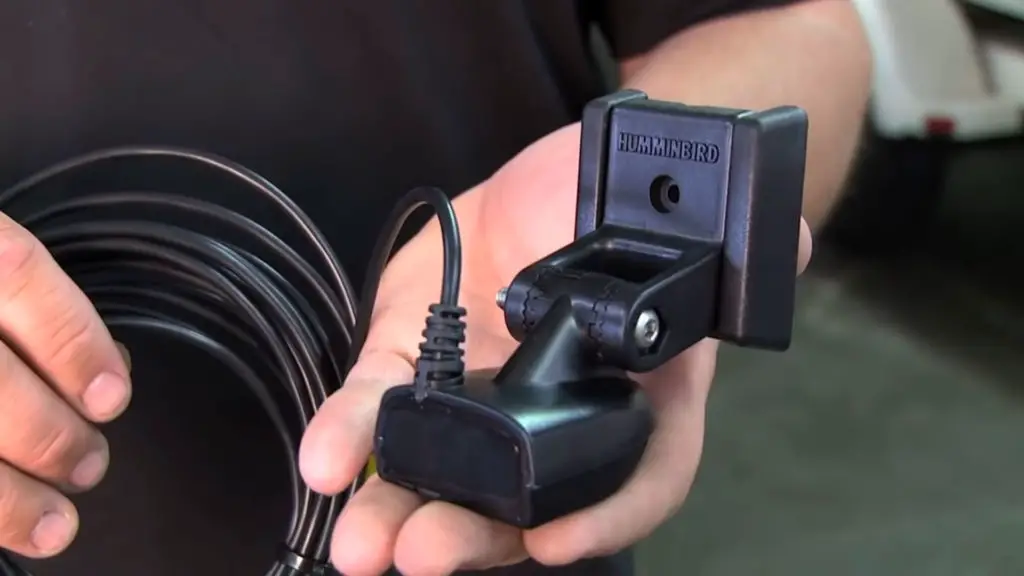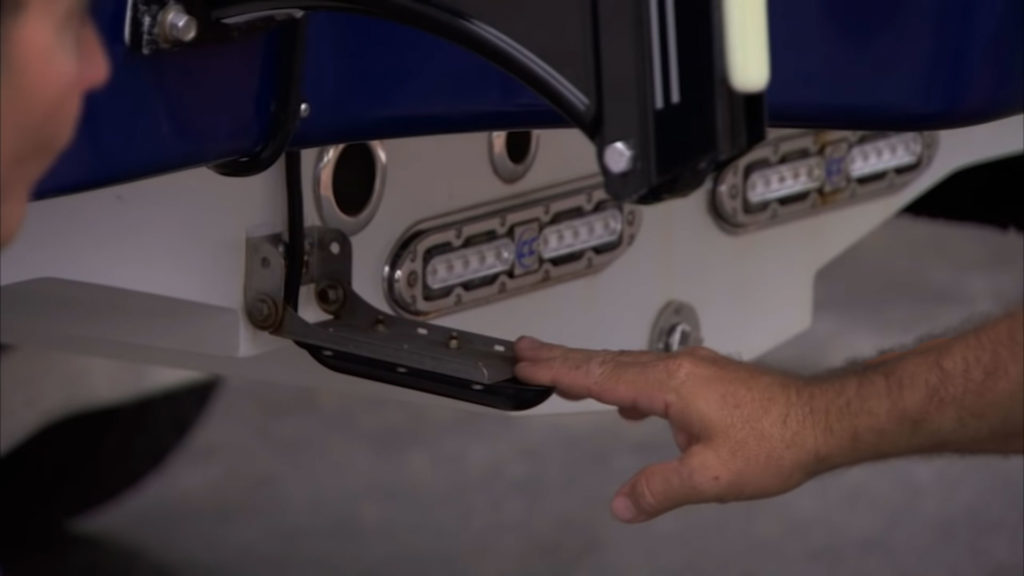
There are several ways that you can know whether your transducer is in a bad state. If you suspect that something may be wrong with it, start by checking its surface to detect any dirt or damage.
Next, check whether its orientation is appropriate, with the right side up. Wrong positioning may affect its functioning.
If the orientation is fine, look to see if the transducer’s connection to the main unit is in top-notch condition. Ultimately, the most effective way to tell if your transducer is bad by swapping either the transducer or the main unit and testing it.
Table of Contents
How Does A Transducer Work?
A transducer converts electric energy into acoustic energy and does something useful with the acoustic energy. Afterward, it transforms the acoustic energy back into electrical energy when it has fulfilled the intended purpose.
In fish finders, a transducer makes up the sonar area. Essentially, it uses piezoelectric crystals to send and receive sonar pulses.

A transducer is used to locate fish by releasing signals into water and sensing echoes. Essentially, the better the quality of the transducer, the more effective it is at locating fish in water.
A fish finder transducer works like a microphone and a speaker in a single unit. When it catches pulses in water, it transforms them into sound, which then travels in water in the form of pressure waves.
When the waves hit an object such as fish, they travel back to the transducer, where they are transformed into electric energy.
A transducer measures the time and speed taken by the sound waves to hit an object and travel back. Using these measurements, the transducer can determine the depth and the distance of the fish, making the fishing experience easier.
How Do You Test A Transducer?
The first step towards testing whether a transducer is working or not is by checking whether it is producing pulses and vibrations. To do this, you need to turn the transducer on and feel its surface.
If the pulses are present, there is a good chance that your transducer is working just fine. You should also hear some clicking sounds as the pulses are being produced.
Thereafter, you will have to check if it works in water. For this, insert the transducer in a water body that is neither too deep nor too shallow, whose depth you already know.

This should be done in a static position, so your vessel should not be moving.
Once inserted, turn on the monitor to check if it is receiving a signal from the transducer. If there are readings, that would mean that your transducer is in good working condition. However, if there aren’t, you will have to conduct other tests to establish what could be wrong with it.
If everything looks fine so far, you can now test your transducer while moving in water. Do it slowly at fast and increase your tempo gradually, depending on the results you get.
If the transducer is responding well to the tests, you may as well start fishing without as much as an ounce of concern.
Do Transducers Wear Out?
Just like any other machine, a transducer is susceptible to wear and tear, especially if used over a long period.
As we had already mentioned in this article, transducers use piezoelectric crystals to send pulses that are used to measure the depth and distance of fish from the water surface. Over time, these crystals get cracked up and cease to work effectively.
If you are a frequent fisher, then it is inevitable for your boat to bump into something hard time and again. The impact comes with a shock factor which weakens the crystals with every hit.
Furthermore, it is only expected that the performance of your transducer will degrade as it ages.

This comes with years of use, misusing, and accidentally mishandling it. Normally, transducers are effective for the first ten years of usage; anything more than that may result in inaccurate readings.
It is important to know that a transducer is prone to get damaged when run out of water. This is because the crystals tend to heat up very fast, which often leads to cracking.
This is more so for CHIRP models whose rate of overheating is higher than most other transducers. As usual, overheating causes crystals to crack.
How Can You Maintain Your Transducer In Good Condition?
Most of the time, people do not think much about maintaining a transducer until it starts malfunctioning. However, it is always much better to put out a spark before it turns into a raging fire.
That said, the secret to ensuring that your transducer performs at its peak and lasts a long time is keeping it in good condition always. The following are ways through which to maintain your transducer in good condition:
Painting its face– Paint coats protect the transducer from the corrosive effects of salty water. Note that water-based oils are the best choice for this purpose. Ketone-based oils have the potential to damage the transducer.
Checking for leaks– It is essential to keep checking for leaks in compartments where the transducer is installed, such as the bilge. The best times to check for leaks are right after the transducer has been installed and whenever you use the boat. If you notice a leak, have it fixed immediately.
Inspecting the cable– From time to time, check the cables for any signs of corrosion, abrasion, and kinks. Also, look out for cuts in the insulation.
Fixing damaged cables– Damaged cables will interfere with not only your readings but also the longevity of your transducer. Therefore, it is prudent to fix them as soon as you notice that something is wrong. If the internal wires are damaged, make a point of replacing them.
Avoiding dry operation– It is in your transducer’s best interest to turn on the fish finder when your boat is already in the water. Turning it on out of water may lead to overheating of the transducer, which would cause the pulse crystals to crack.
Face cleaning – It is vital to keep the transducer clean at all times. Use a soft cloth and mild detergent to keep the face of the transducer clean of petroleum residue and marine growth. You should be careful not to scratch the surface as you do the cleaning.
Conclusion
You should be able to tell when your transducer is in a bad state so that you can correct the situation in good time.
When a transducer is not in its optimal condition, it tends to give incorrect results and also wears out faster. One basic way to test your transducer is by checking its surface and feeling it for pulses.